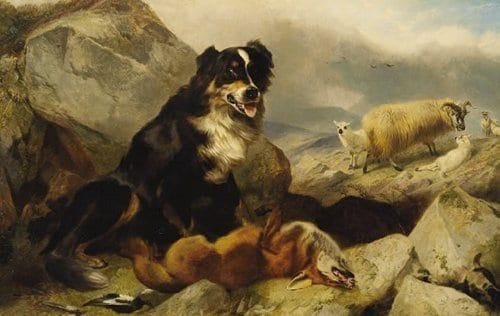A Wolf In Sheep’s Clothing
The evil doer often comes to harm through his own deceit.
In today’s political climate, the metaphor of sheep, wolf, sheepdog, and shepherd can be interpreted in various ways depending on one’s perspective. Here’s a breakdown of these roles based on current political narratives:
The Sheep:
The “sheep” often symbolize the general populace or voters who may be seen as easily influenced or misled. This can refer to people who follow political leaders or media narratives without critically questioning the information they receive.
The Wolf:
The “wolf” represents those perceived as predatory or harmful to the interests of the general public. In today’s context, this can be viewed as politicians or media entities that spread misinformation, promote divisive agendas, or exploit societal divisions for personal or political gain. Depending on one’s viewpoint, this label could be applied to various figures across the political spectrum.
The Sheepdog:
The “sheepdog” symbolizes protectors or guardians who aim to safeguard the interests of the populace. These can be journalists, activists, or politicians committed to truth, transparency, and justice. They work to expose corruption, counter misinformation, and advocate for policies that protect democratic values and the rights of individuals.
The Shepherd:
The “shepherd” often represents leadership that is supposed to guide and nurture the populace towards the common good. This can include political leaders, community organizers, or influential thinkers who strive to lead with integrity, wisdom, and a commitment to the welfare of the public.
Application in Today’s Climate:
1. Sheep: Some view the general public as being misled by media bias and political rhetoric, often influenced by the echo chambers of social media and partisan news outlets.
2. Wolf: Figures like Donald Trump, according to his critics, or other political leaders accused of undermining democratic institutions, spreading falsehoods, and fostering division could be seen as wolves.
3. Sheepdog: Investigative journalists, fact-checkers, and whistleblowers who work tirelessly to expose the truth and protect democratic principles could be considered sheepdogs.
4. Shepherd: Ideal leaders who aim to unite the country, promote bipartisanship, and work towards the common good, such as past statesmen known for their integrity and vision, could be seen as shepherds.
Conclusion:
These metaphors highlight the complexities of today’s political environment, where the roles can be fluid and context-dependent. Critical thinking, informed dialogue, and active civic engagement are crucial for navigating and understanding these dynamics.


